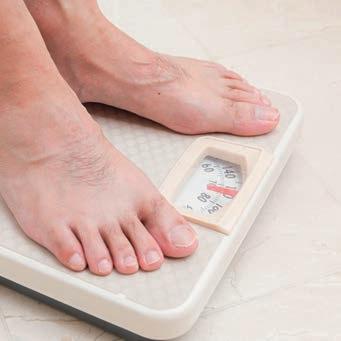
7 minute read
1.2 Scientists must be aware of experimental errors
1.2
Scientists must be aware of experimental errors
In this topic, you will learn that:
• In scientific investigations, measurements can only show that a hypothesis is correct if the measurements are accurate. • To achieve maximum accuracy, the measurement must be taken carefully, using the most suitable measuring device. • Each scientific device must have a scale appropriate to the accuracy that you require.
accuracy how carefully, correctly and consistently data has been measured or processed; in science, how close a measured value is to the true value
reading error an error that occurs when markings on a scale are not read correctly
Choosing the right device Errors and accuracy
Choosing the right instrument is the first step in making sure the measurements are close to the expected true value (accurate). For example, if you needed to accurately measure the volume of a liquid, then you would use a burette or a measuring cylinder, but not a beaker. A burette has a more accurate scale than a measuring cylinder. Both are carefully checked during the manufacturing process; however, a burette has smaller units that can be controlled by the scientist. A beaker often has no scale.
Choosing the right instrument is only part of a scientist’s job. It is very important to take care with your measurements. The most common errors in measurement are reading errors, parallax errors and zero errors. A reading error can result when guesswork is involved when taking a reading. For example, when a reading lies between the divisions on a scale, a guess of the actual reading can result in a reading error (Figure 2). 1 2 DRAFT
Figure 1 A burette is a laboratory instrument used to accurately measure the volumes of liquids. Figure 2 Guessing the reading between units of measurement (for example, between 1.5 and 2) can produce a reading error.
A parallax error occurs when the eye is not directly opposite the scale when the reading is being taken. You can avoid parallax errors by making sure that your eye is in the correct position when taking the reading. For example, when reading the level of a liquid in a measuring cylinder, place the cylinder on the bench and line up your eye with the bottom of the meniscus (Figure 3).
A zero error happens when an instrument has not been correctly adjusted to zero or the reading has not taken into account the weight of the empty container. For example, scales must be set to zero correctly before making a weight measurement of substances.
To check the accuracy of scales, scientists use a special mass that is known to be exact. When this is placed on the scale, the weight shown by the scale is compared to the known true mass. If they are the same, then the scale is accurate.
Mathematical accuracy
parallax error an error, or inaccurate reading, that occurs as a result of reading a scale from an angle
zero error an error that occurs when an instrument has not been adjusted to zero before the measurement is taken
Figure 4 Scales must be zeroed correctly before using them.
Meniscus
Eye level
Figure 3 To avoid parallax error, make sure your eye is correctly lined up with the bottom of the meniscus. When conducting a scientific investigation, mathematical accuracy is very important. To avoid errors, not only must your equipment be appropriate and precise, but your calculations must also be correct. When taking a reading, you should quote the maximum allowed number of significant figures (the number of digits). This can represent the accuracy of a measurement or reading.
When recording results, it is important to know the number of significant figures the instrument allows. When adding or subtracting numbers, the final answer will be based on the least number of decimal places. When multiplying or dividing numbers, the final answer can only be quoted correct to the number of significant figures in the least accurate result. For example, if one measuring device measures 10.22 (four significant figures and two decimal places) and a second device measures 20.345 (five significant figures and three decimal places), averaging these results means adding the values. This means the final answer should only have two figures after the decimal point. This might require a rounding off procedure. Worked example 1.2 (on page 6) shows how to calculate significant figures.
significant figures the number of digits that contribute to the overall value of a number rounding off reducing the number of significant figures by increasing or decreasing to the nearest significant figure; for example, 7.6 cm is rounded up to 8 cm, 7.2 cm is rounded down to 7 cm DRAFT
Figure 5 The meniscus is the curved surface of a liquid, as you can see in these test tubes.
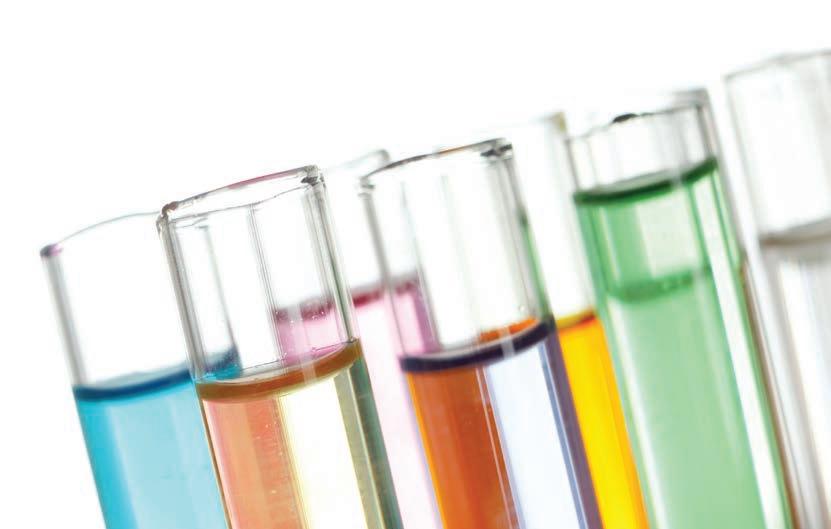
Worked example 1.2: Significant figures
A student used two sets of scales to measure 0.44 g of sand and 0.696 g of water. Calculate the final mass when the sand was mixed with the water. Give your answer to an appropriate number of significant figures. Solution Add the mass of the sand and water together.
0.44 + 0.696g = 1.136g
As one number has only two decimal places, the final answer must have two decimal places. The number (1.136) is closer to 1.14 than to 1.13, so 1.14 is more accurate.
Final mass of sand and water = 1.14 g Figure 6 Mixing sand and water
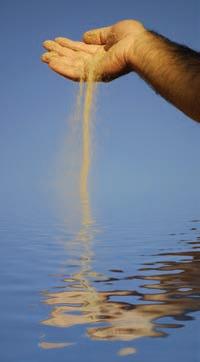
SI system an international system of measurement based on the metric system, with units such as kilogram, metre, kilometre
derived units units of measurement that are calculated using a combination of SI (international system) base units, e.g. cm3 for volume (base unit is cm), m2 for area (base unit is m)
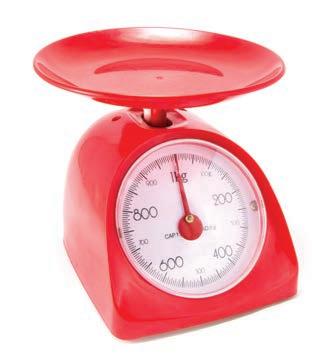
Measurements and units
Table 1 SI units Physical quantity SI unit Abbreviation or symbol
Length metre m
Volume litre L
Mass kilogram kg
Time second s
Thermodynamic temperature kelvin
Amount of substance mole mol
Electric current ampere A
Scientists measure fundamental quantities, Although the SI unit for mass is the such as mass, time and length, in a standard kilogram, this is not always the most suitable unit to use. Some objects are too heavy or too light for this to be the most convenient unit. The measurement would have too many zeros in it. For example, a mass of 0.00000000743kg or 850000000kg is very inconvenient to write. Scientists and mathematicians choose a unit that requires as few zeros as possible. They use a system of prefixes before the basic measurement unit, shown in Table 2. unit that has been agreed upon by scientists around the world. The international system of units, known as the SI system of units, is based on the metric system. Table 1 shows some SI units. Other measurements, such as volume, are calculated from those basic units and are called derived units. Figure 7 Scales are used to measure K DRAFT quantities of materials used in experiments.
Table 2 Standard prefixes and meanings
Prefix Symbol Value Meaning peta P 1015 One quadrillion (one thousand million million) tera T 1012 One trillion giga G 109 One billion mega M 106 One million kilo k 103 One thousand centi c 10-2 One-hundredth milli m 10-3 One-thousandth micro µ 10-6 One-millionth nano n 10-9 One-billionth pico p 10-12 One-millionth of one million Figure 8 These dumb-bells weigh 3 kg each.
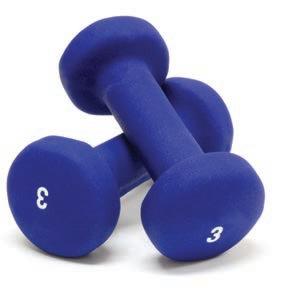
Notice that when the number is larger than the basic measurement, the symbol for the prefix is a capital letter. When it is only a fraction of the basic measurement, the symbol for the prefix is a small letter (i.e. lower case). For example, a megalitre, which is a million litres, is written as ML, while a millilitre, which is one-thousandth of a litre, is written as mL. ‘Kilo’ is an exception to this general rule. A kilogram is 1000 grams and its symbol is kg.
Remember and understand 1 Identify three kinds of errors that can occur during an experiment. 2 Describe how these errors can be reduced to improve accuracy. 3 Explain why scientists often repeat experiments and then take an average of the results. 4 Identify the symbol for: a millionths of a gram b billions of litres c thousandths of an ampere d thousands of metres. Apply and analyse 5 Identify the number of significant figures in each of the following measurements. a 45.22 mL b 9.0 s c 8000 L d 3.005 m 6 A student took the following measurements during an experiment: 5.6 volts, 2.97 amperes, 3000 seconds. If these three numbers were used in a calculation, identify how many significant figures should be stated in the final answer. Justify your answer (by explaining how you made your decision). 1.2 Check your learningDRAFT


